
He is being touted as the protagonist of this year's big drama.Akechi Mitsuhide (famous for his works)The name of the company Representing Mitsuhide."Three days in the sun."The term "the
After defeating his master Oda Nobunaga at Honnoji, he was defeated by Hashiba Hideyoshi (later Toyotomi Hideyoshi) in the Battle of Yamazaki, and met his end at Ogurisu in Yamashina-ku, Kyoto, only ten days after the Honnoji Incident when he was attacked by the local people (farmers).
Mitsuhide, with a small force, was fleeing from Yamazaki to Sakamoto Kamigami in Omi when he passed by a bamboo grove in Ogurisu. It is said that he was struck by a native. According to one theory, he was killed by the Iida clan, a local clan of local nobles. Iida Sakiemon, a member of the Iida clan, served Nobunaga and was killed in the Honnoji Incident, which is said to have been a grudge against him. The bush where Mitsuhide was killed is called "Akechiyabu" and has been handed down to the present. Nearby is Mitsuhide'storsoThere is a mound where they buried the
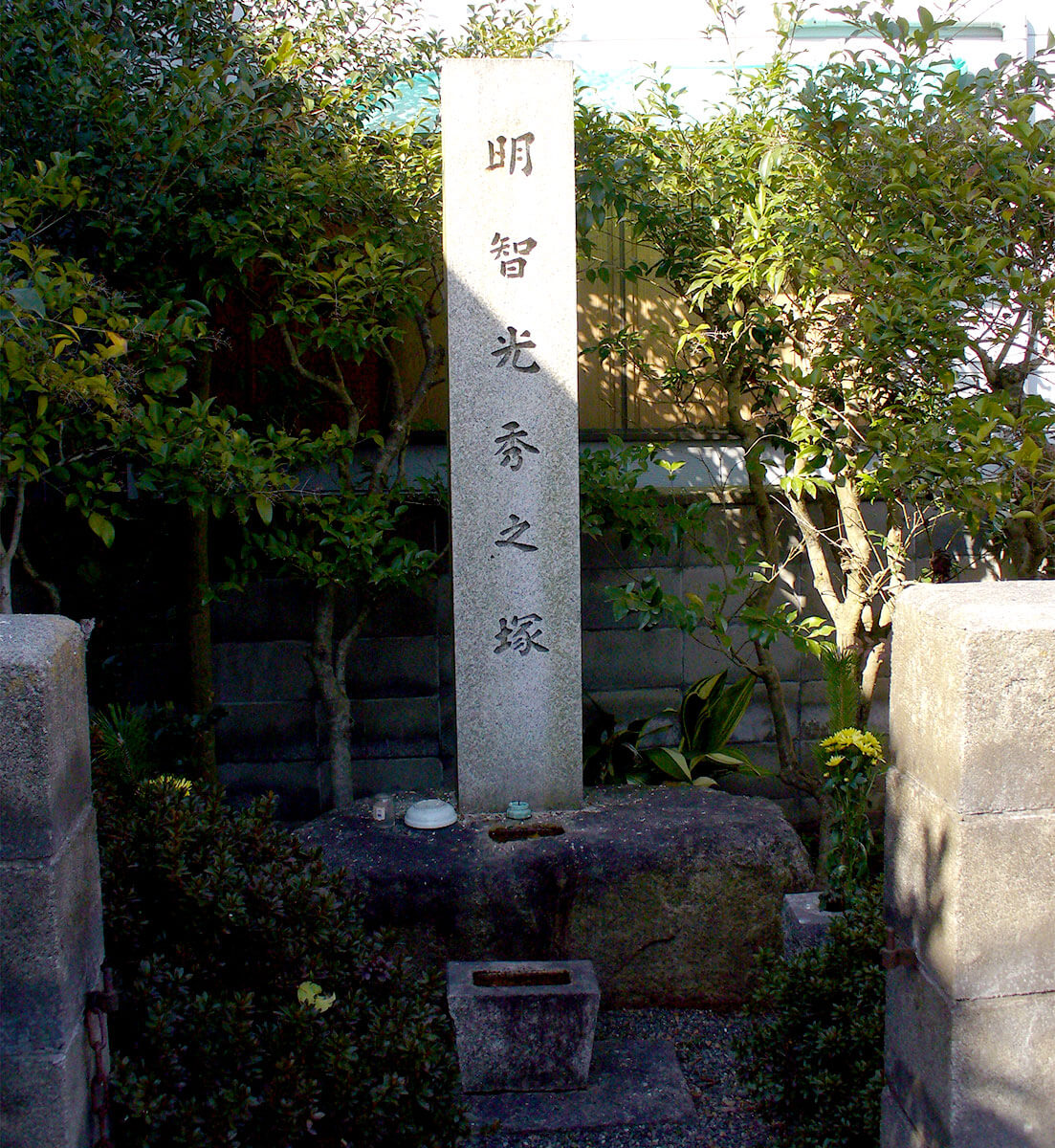
Akechi Mitsuhide's in Yamashina Ward.torsomound
Mitsuhide's head andtorsowas crucified at Awataguchi by order of Hideyoshi. At the same time, Mitsuhide's chief vassal, Rizo Saito, was also captured and crucified. However, at this time,For some reason, Hideyoshi did not examine Mitsuhide's head.
Mitsuhide's head mound remains near Shirakawa Bridge in Higashiyama-ku.Buried in AwataguchiA mound was built over Mitsuhide's head and a five-story stone pagoda was erected.It is said that the head mound was originally located in a different place, but it seems that it was moved to the present location. To get to the head mound, go down the Shirakawa Bridge from Sanjo Dori and head east. Go down the Shirakawa Bridge from Sanjo Dori to the east, and go down the alley to the north of the Japanese sweets store by the side of the small bridge. There is a small hall and a five-story stone pagoda in the corner, tucked away at the end of the alley lined with houses and apartments. It seemed too simple to be the mound of a famous warlord, but it was well cared for, as if someone was taking care of it.
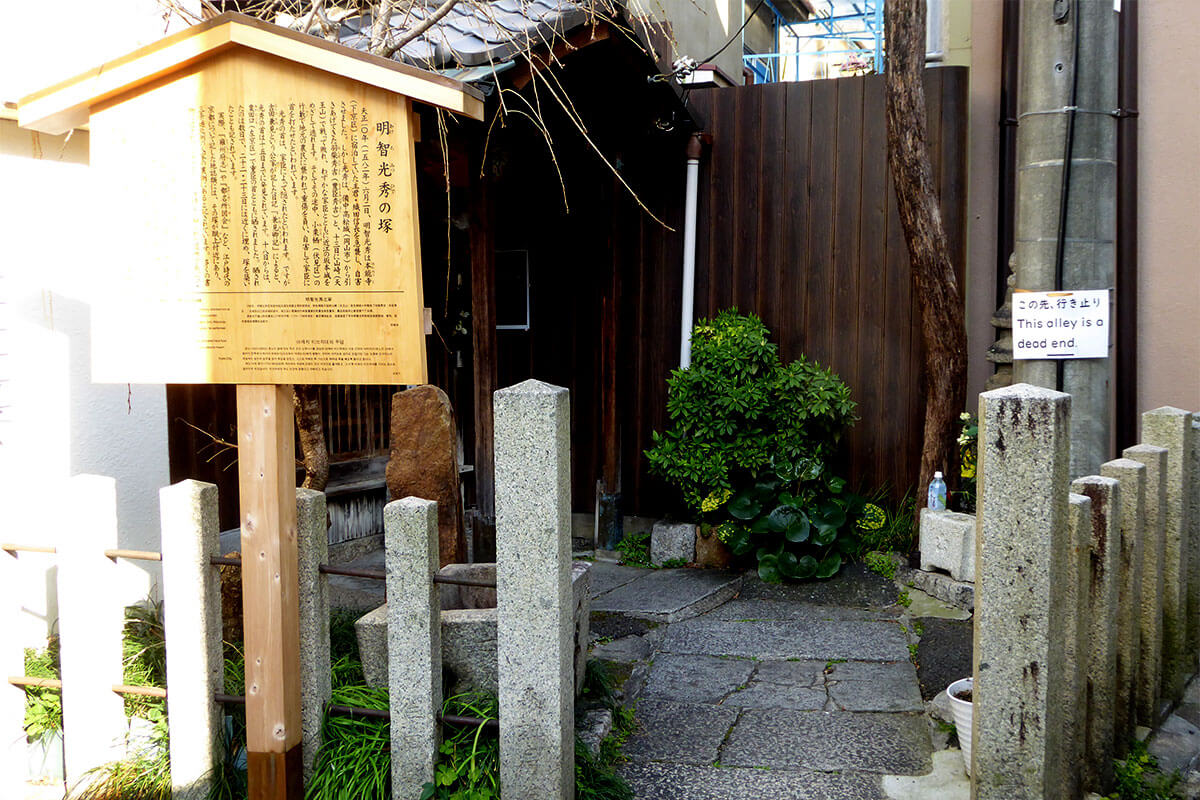
Mitsuhide Akechi's head mound at the end of an alley near Shirakawa
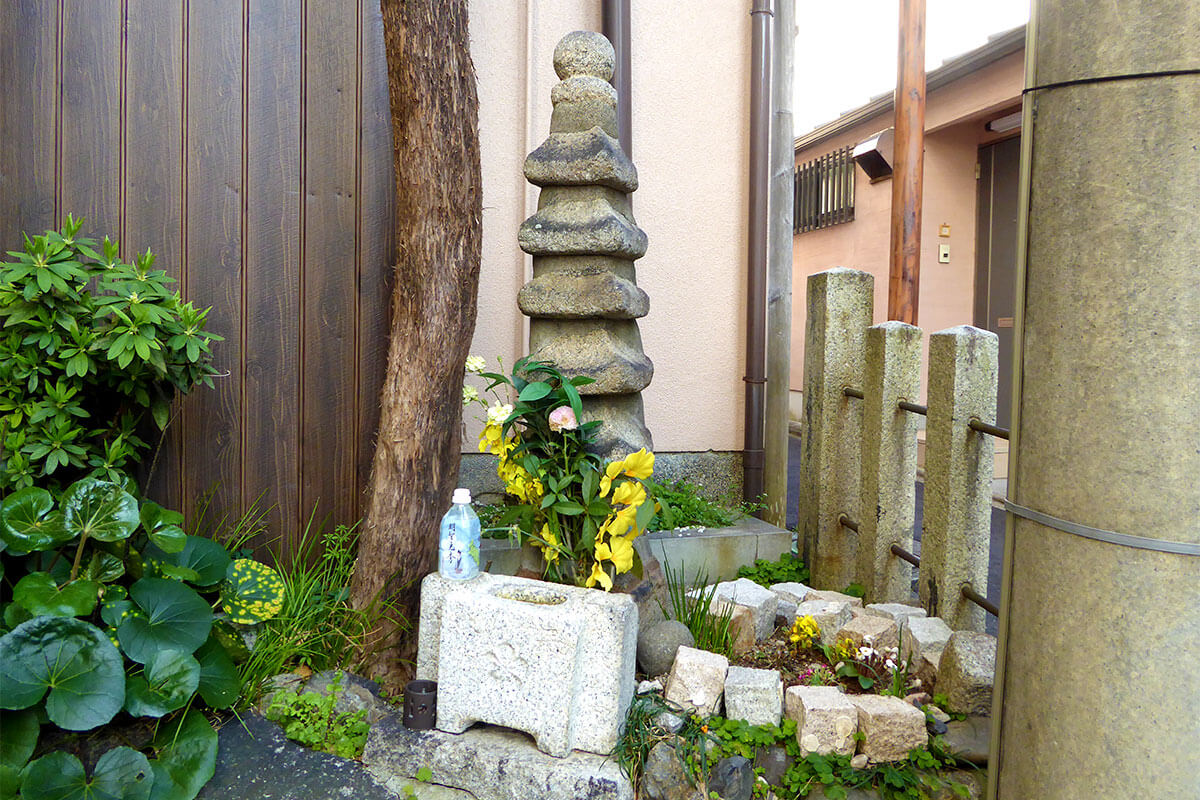
Five-story stone pagoda at the head mound
There is one legend about this head mound. ThisIf you pay a visit to the mound of the "Ki", you can pray for a cure for illnesses from the neck up.said. unawaresHead mounds have gone from being objects of consolation to objects of faith.It seems to have become a
Incidentally, the reason why Mitsuhide caused the Honnoji Incident is a mystery and is listed as a historical mystery. In addition to the theory that Mitsuhide acted alone, various other theories have been whispered, including that Ashikaga Yoshiaki, the 15th shogun of the Muromachi period, acted as the mastermind, Hashiba Hideyoshi as the mastermind, Tokugawa Ieyasu as the mastermind, and the Imperial Court as the mastermind. If it is true that Nobunaga was planning to build a palace in Azuchi, the court nobles of Kyoto would have wanted to prevent it at all costs.
Later life, by the way,Mitsuhide's head mound.torsoThe mound is actually a shadow of Mitsuhide, and the real Mitsuhide escaped and survived.It is also said that he was the brain of Tokugawa Ieyasu. A theory has even emerged that he reappeared on the stage as Tenkai, a priest who was the brain of Tokugawa Ieyasu. The fact that Hideyoshi did not examine the head of Mitsuhide and that a stone lantern was donated in Mitsuhide's name on Mt. Hiei about 30 years after the Battle of Yamazaki, etc., are mysteries. There is also a theory that Mitsuhide, who had survived the Battle of Sekigahara, fought on the side of Tokugawa Ieyasu and lost his life in the process.
There are several other mounds of Mitsuhide's head in the prefecture, and the truth is still in the thick of the matter, as it is said that his vassals escaped by protecting his head, or that Mitsuhide himself survived and lived in another place.
Because of his defeat of his master Nobunaga, Akechi Mitsuhide was given the image of a traitor before the war, and because of the unfavorable manner of his death, he rarely played a leading role in novels and TV dramas,He was skilled in military tactics, well educated, and a loving wife, and unlike the generals of his time, he had only one wife during his lifetime.In recent years, a different image of Mitsuhide has come to be described than that of a traitor or a three-day-long man. How would the person under the mound view such a change?
In the soft spring sunlight, fresh flowers were still being offered at the head mound near Shirakawa Bridge.
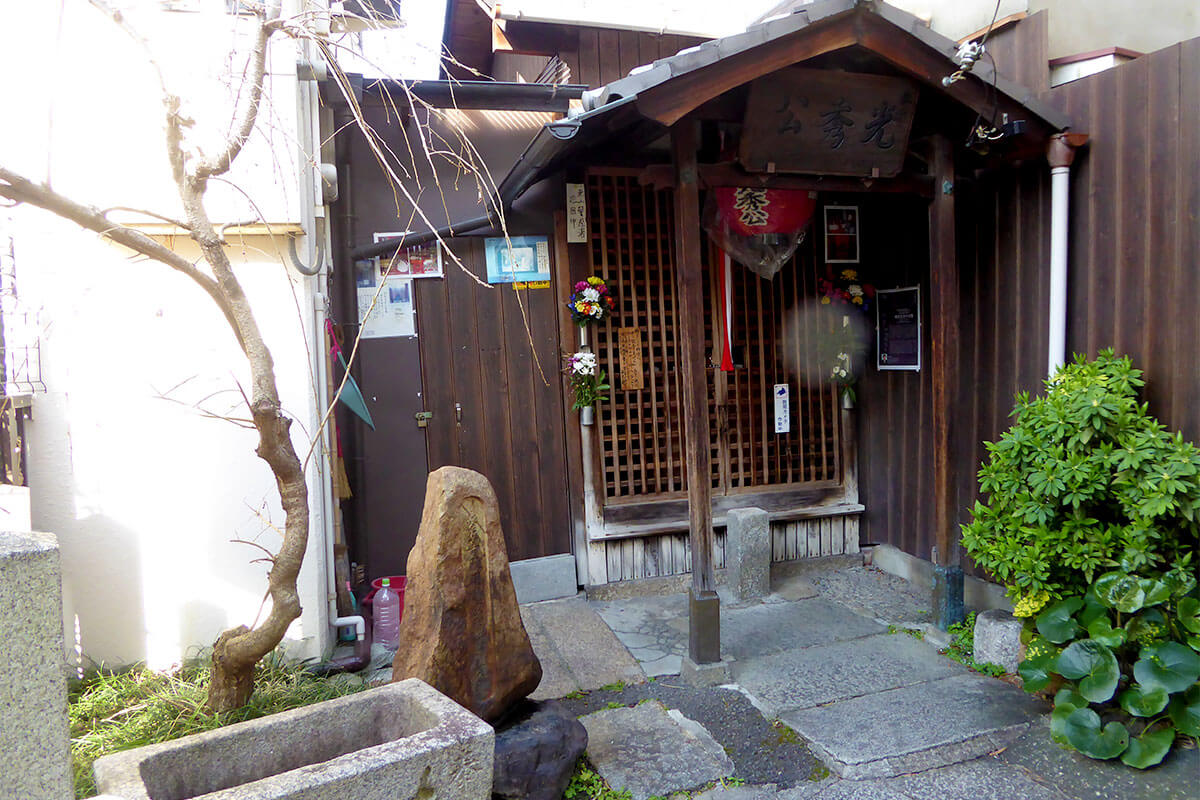
Head mound and hall near the Shirakawa River. An orb in the middle of the hall.
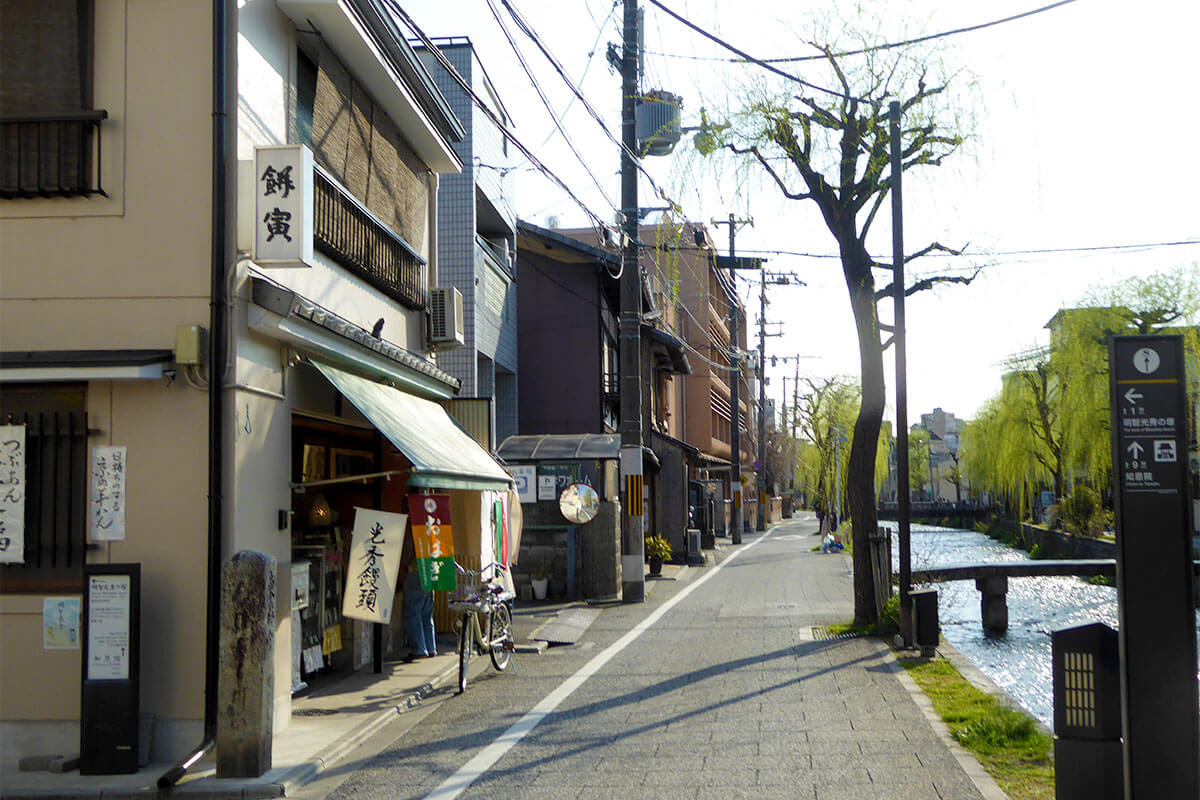
The road to the head mound. On the right is the Shirakawa River, and on the left is a Japanese sweets store [Mochitora] that sells "Mitsuhide Manju" (steamed buns).
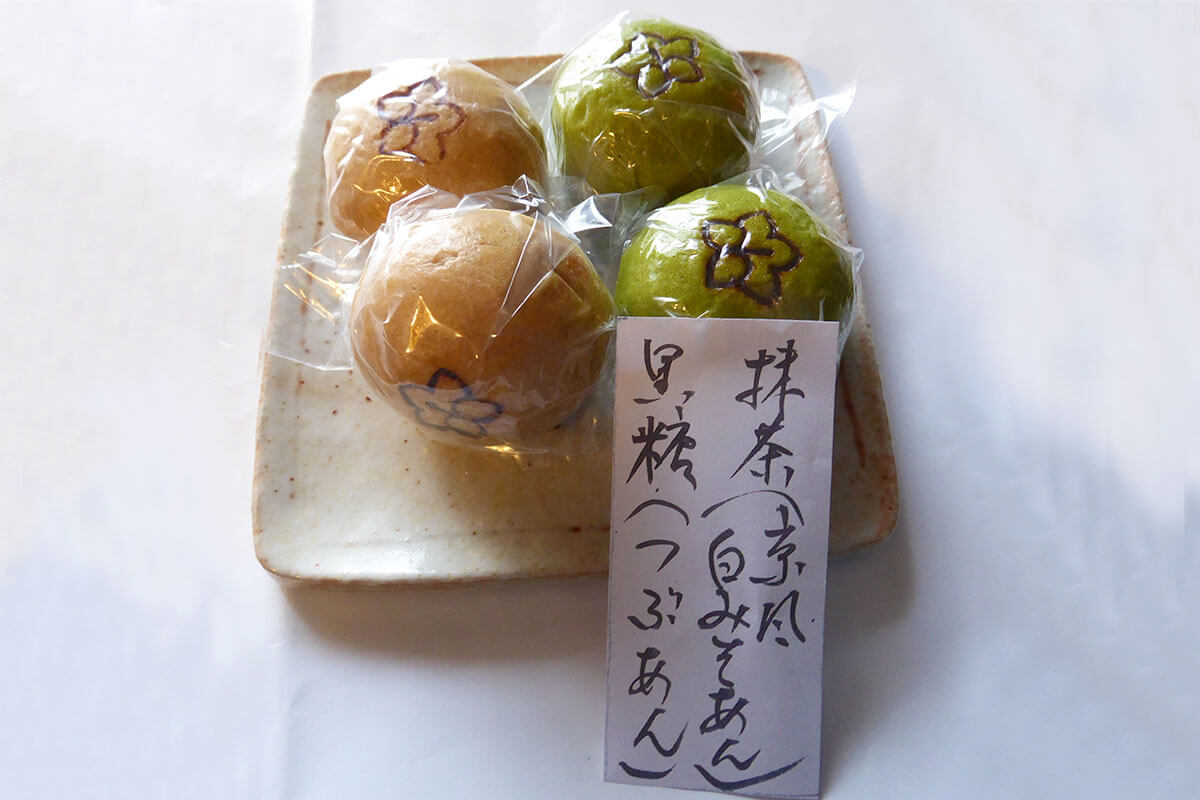
Mitsuhide Manju has a Kikyo (Chinese bellflower) crest on the bun. Brown sugar mashed sweet bean paste and green tea white miso bean paste. Both are delicious.
Tradition that exists everywhere in the city of Kyoto. It is not just a picture, it is secretly alive in this modern age and continues to coexist with people. The two of Office TO, who previously wrote a series of articles "Kyoto's Demon World Exploration" in the monthly magazine Leaf, explore the mysterious "different" world of Kyoto, which was created over 1200 years. I will unravel the story while actually visiting the place. .
 News
News Feature article
Feature article Featured event
Featured event